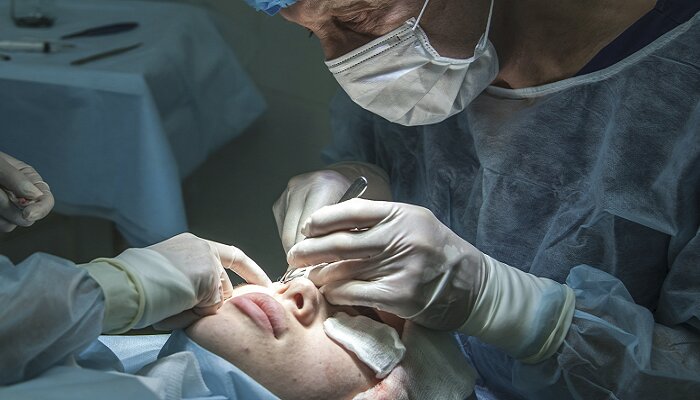Some students wish to be a plastic surgeon because one is in a position to change the appearance of people for the better and increase self-esteem, among others. But how many months or years does becoming a “plastic surgeon” take? It took years of work, education, and hard training. Let’s take it up and bring you nearer to achieving your dream of becoming a qualified ‘plastic surgeon.’
1. Undergraduate Education (4 Years)
The initial step on the route to becoming a facial plastic surgeon is the attainment of a bachelor’s degree; this typically takes four years. Specialistsarein pre-med, biology, chemistry, or related fields. During this time, students focus on foundational science courses and often begin gaining experience through internships or volunteer work in medical settings.
2. Medical School (4 Years)
After an undergraduate degree, it takes another four years of medical school. Students study topics like anatomy, physiology, pharmacology, and medical ethics. In medical school, the first two years are usually spent inclassrooms.The last two years comprise clinical rotations, in which they get the opportunity to work within different medical specialties, like surgery, to have ample practical experience.
3. General Surgery Residency: (3-5 years)
After completing the medical learning program in medical learning institutes, plastic surgery students undergo a general surgery residency. This takes approximately three to five years, depending on any residency program. The residents spent many hours in hospitals, mainly learning the surgery techniques through the professional surgeons’ observations. The surgery procedures are acquired through intensive learning done in a short period. The intensive training years can provide exposure to various procedures, preparing them for advanced work for surgeons in specialized fields.
4. Plastic Surgery Residency (2-3 Years)
It is then followed by a 2-3 years specialized plastic surgery residency, which can be done concurrently with or after the general surgery residency. At this stage, the physician has been allowedto study for and train in plastic and reconstructive surgery to become proficient in facial aesthetic and reconstructive surgery, body contouring, and cosmetic procedures.Othercritical studies are the means to deal with the special problems associated with cosmetic patients who hope to gain aesthetic changes.
5. Fellowship (1-2 Years)
This extra one to two years of fellowship will further sub-specialize the surgeon into a particular field of plastic surgery, such as pediatric plastic surgery, hand surgery, or craniofacial surgery. Further,it can expose a surgeon to the latest developments in a given subfield, making one an expert in the chosen area and helping the patients with specialized care.
Becoming a plastic surgeon requires a plastic surgeon to pass through 14-18 years of studies from the starting point. It involves four years of undergraduate pre-medical education, four years of medical school education, another three to five years of general surgery residency, two to three years of plastic surgery residency, and then, if one wants additional fellowship training of one to two more years. It’s a hard, long road, but the return for those in love with the field will be an entire career that puts artistic expression alongside life-changing medical expertise. If you are considering doing so, be prepared to run a marathon in learning; when you cross that finish line, it’s all worth it.


















